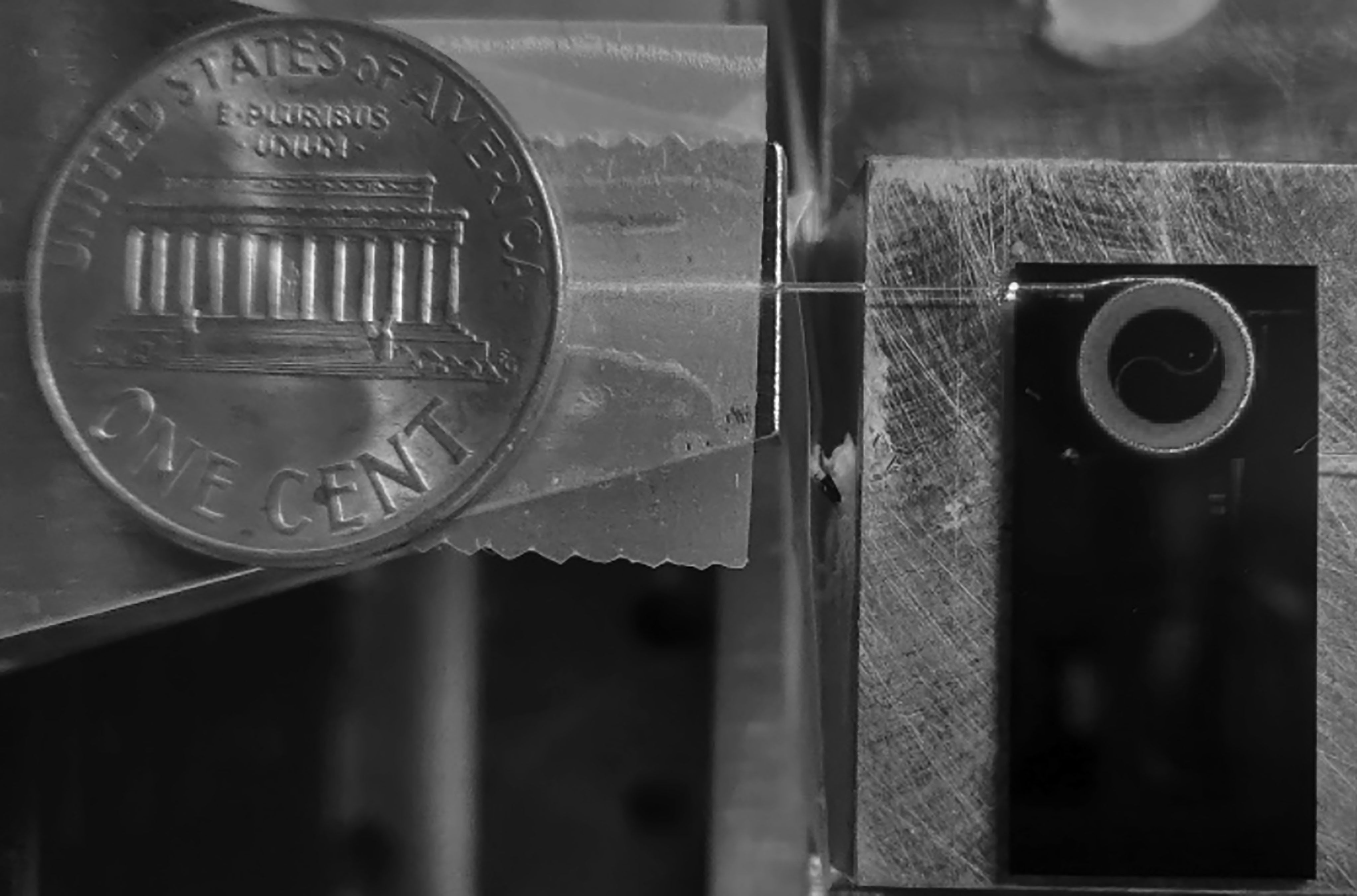As antibiotic-resistant bacteria become more prevalent, silver has seen steep growth in its use in things like antibacterial coatings. Still, a better understanding can provide clues on how to best apply it. In Chemical Physics Reviews, researchers monitored the interaction of silver nanoparticles with a nearby E. coli culture and found the silver undergoes several dramatic changes. Most notably, the E. coli cells caused substantial transformations in the size and shape of the silver particles.
Tag: University of California, Santa Barbara

Cedars-Sinai Neuroscientists Awarded Prestigious NIH Grant
Ueli Rutishauser, PhD, professor of Neurosurgery, Neurology and Biomedical Sciences at Cedars-Sinai, has dedicated his career to understanding how new memories are formed and stored in the brain. His latest work, involving the recording of patients’ single neurons, landed him and a multidisciplinary team of scientists a five-year, $8 million total research grant.

Ocean Algae Get “Coup de Grace” from Viruses
Scientists have long believed that ocean viruses always quickly kill algae, but Rutgers-led research shows they live in harmony with algae and viruses provide a “coup de grace” only when blooms of algae are already stressed and dying. The study, published in the journal Nature Communications, will likely change how scientists view viral infections of algae, also known as phytoplankton – especially the impact of viruses on ecosystem processes like algal bloom formation (and decline) and the cycling of carbon and other chemicals on Earth.
Rutgers’ Greg Moore Elected to National Academy of Sciences
Rutgers Professor Gregory W. Moore, a renowned physicist who seeks a unified understanding of the basic forces and fundamental particles in the universe, has been elected to the prestigious National Academy of Sciences. Moore, Board of Governors Professor in the Department of Physics and Astronomy at Rutgers University–New Brunswick, joins 119 other new academy members and 26 international members this year who were recognized for their distinguished and ongoing achievements in original research.

Moving Precision Communication, Metrology, Quantum Applications from Lab to Chip
Photonic integration has focused on communications applications traditionally fabricated on silicon chips, because these are less expensive and more easily manufactured, and researchers are exploring promising new waveguide platforms that provide these same benefits for applications that operate in the ultraviolet to the infrared spectrum. These platforms enable a broader range of applications, such as spectroscopy for chemical sensing, precision metrology and computation. A paper in APL Photonics provides a perspective of the field.